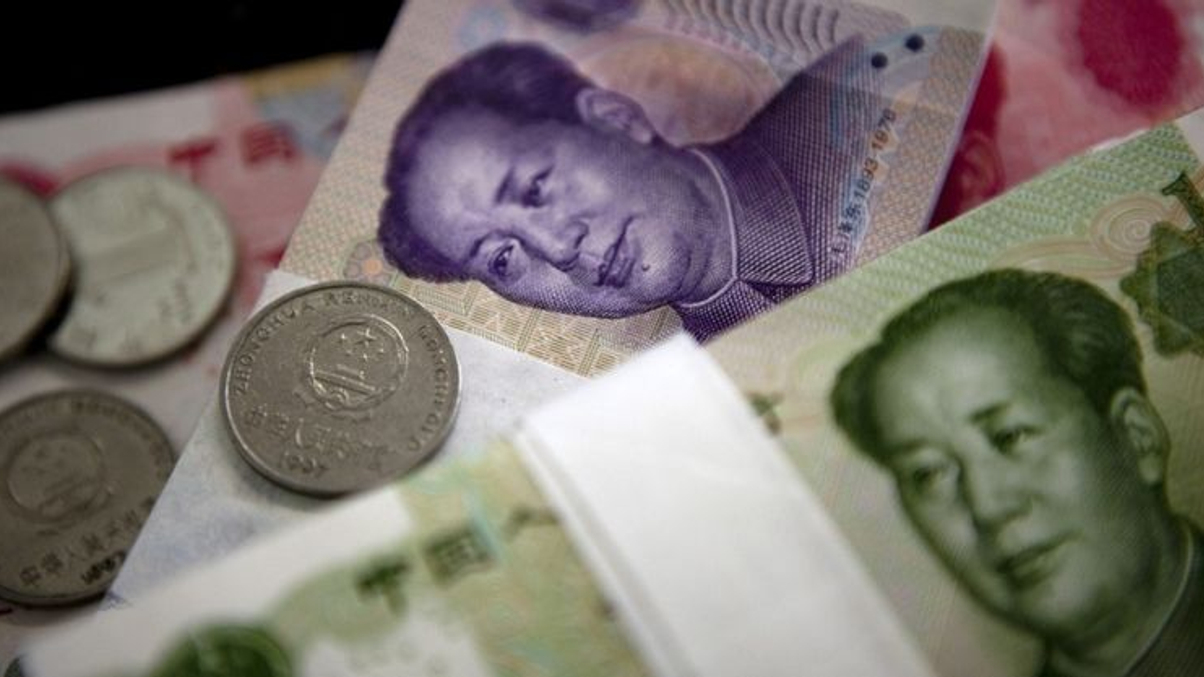Ex-NCSSF vice-chair’s pension ideas spark fierce debate
The former deputy chair of China's national pension fund proposes the return of an account-based structure in basic pension provision, but some pension experts are not convinced.

Searing reforms proposed by a former high-ranking board member of China's national pension fund manager have had a polarising effect on pension experts, with some welcoming the proposals and others deriding them.
Sign in to read on!
Registered users get 2 free articles in 30 days.
Subscribers have full unlimited access to AsianInvestor
Not signed up? New users get 2 free articles per month, plus a 7-day unlimited free trial.
¬ Haymarket Media Limited. All rights reserved.


